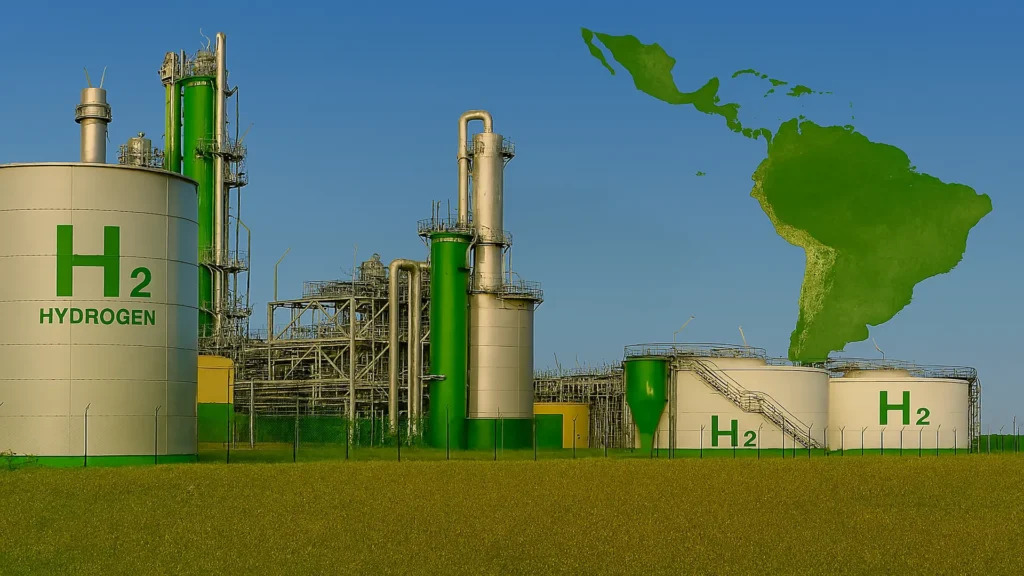
Green Hydrogen in Latin America: Is It Possible?
Latin America faces a strategic dilemma: become the epicenter of green hydrogen or give in to structural limitations.

Latin America faces a strategic dilemma: become the epicenter of green hydrogen or give in to structural limitations.

From the Roman legacy comes inspiration for self-repairing concrete, reinforced with nanotechnology, which promises to transform construction and guarantee unprecedented longevity in critical infrastructure.

More than just lubricants, industrial greases have evolved into sophisticated protection tools, with distinctive colors that guarantee operational efficiency and reduce maintenance risks.
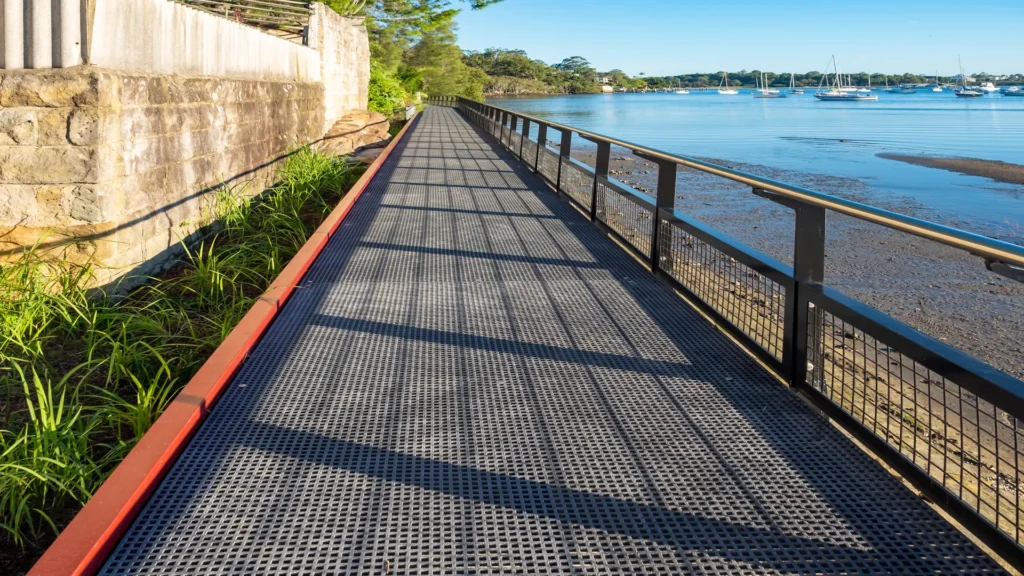
Current concrete research is driving the use of advanced materials, such as FRP-reinforced and prestressed concrete elements, to achieve safer, more durable, and cost-efficient infrastructure.
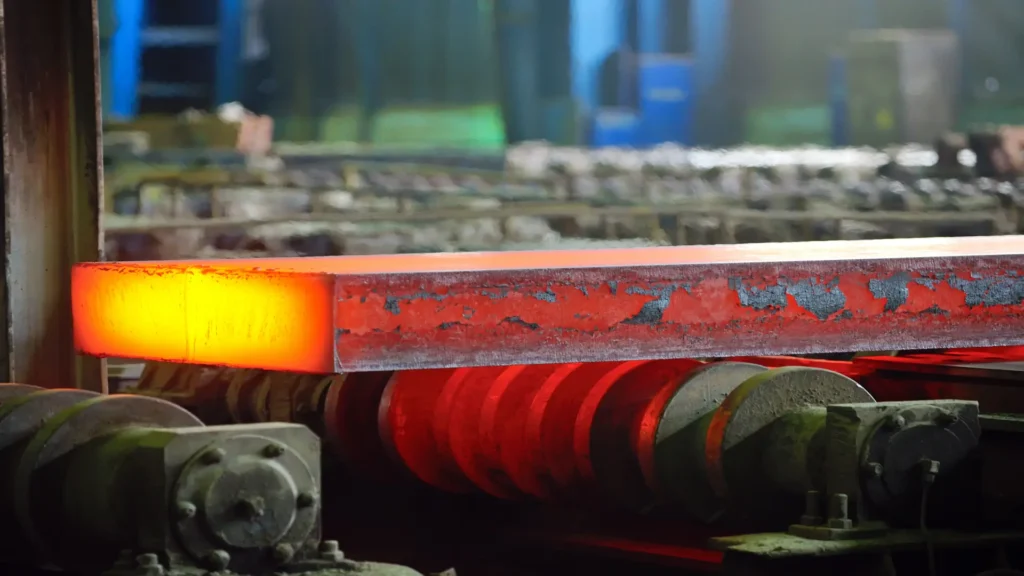
The industrial impact of metal carburizing in improving mechanical properties.
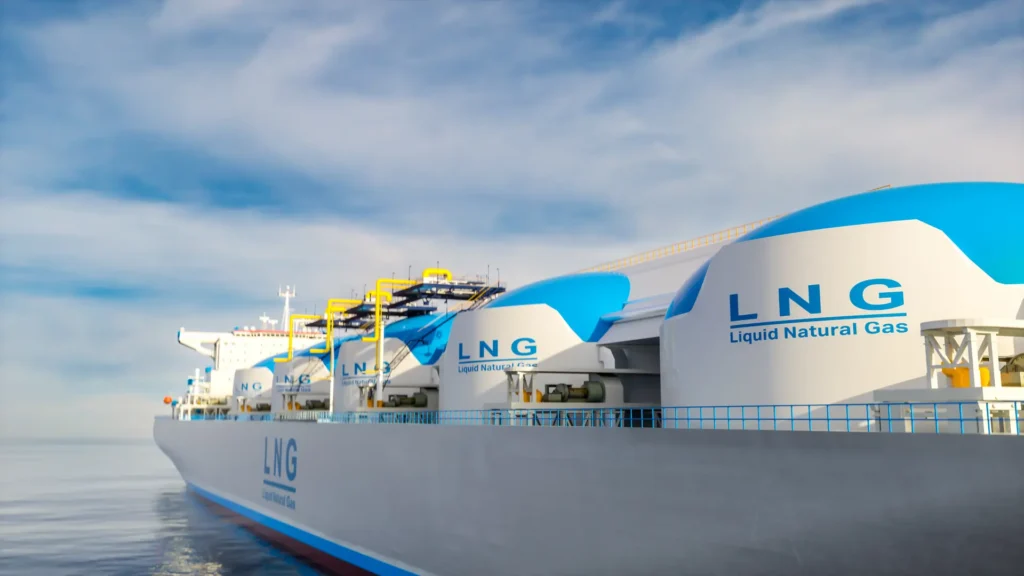
The LNG market in Latin America reflects opportunities and challenges, where energy security collides with economic and operational realities.
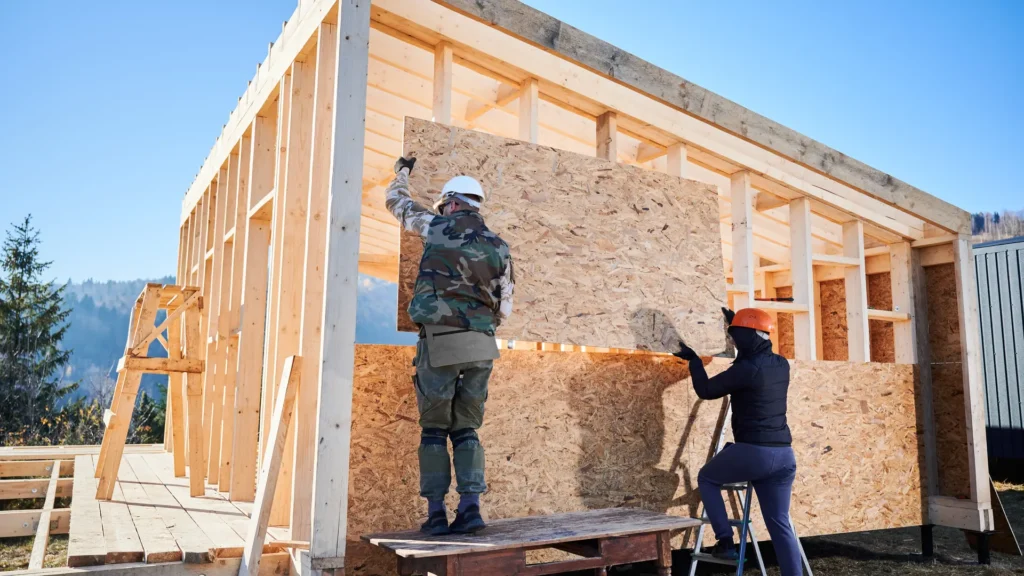
Although biomaterials offer environmental benefits, their implementation in developing regions faces economic and legal obstacles and cultural resistance to change.
Analyzing the importance of precision welding in semiconductors to ensure reliability, conductivity and thermal stability.
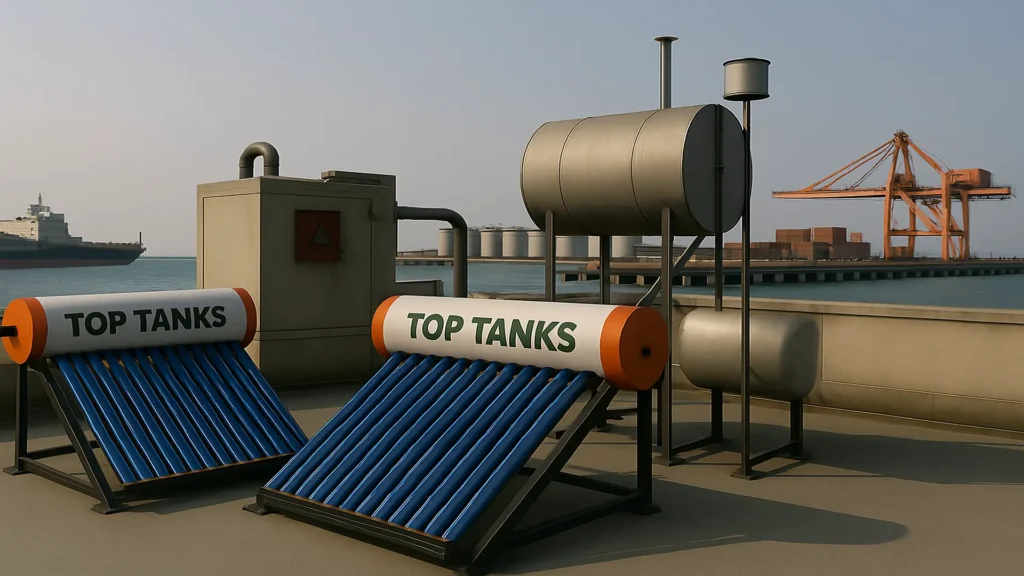
With solar thermal tanks, docks and port terminals can reduce their dependence on fossil fuels and contribute to a cleaner planet.